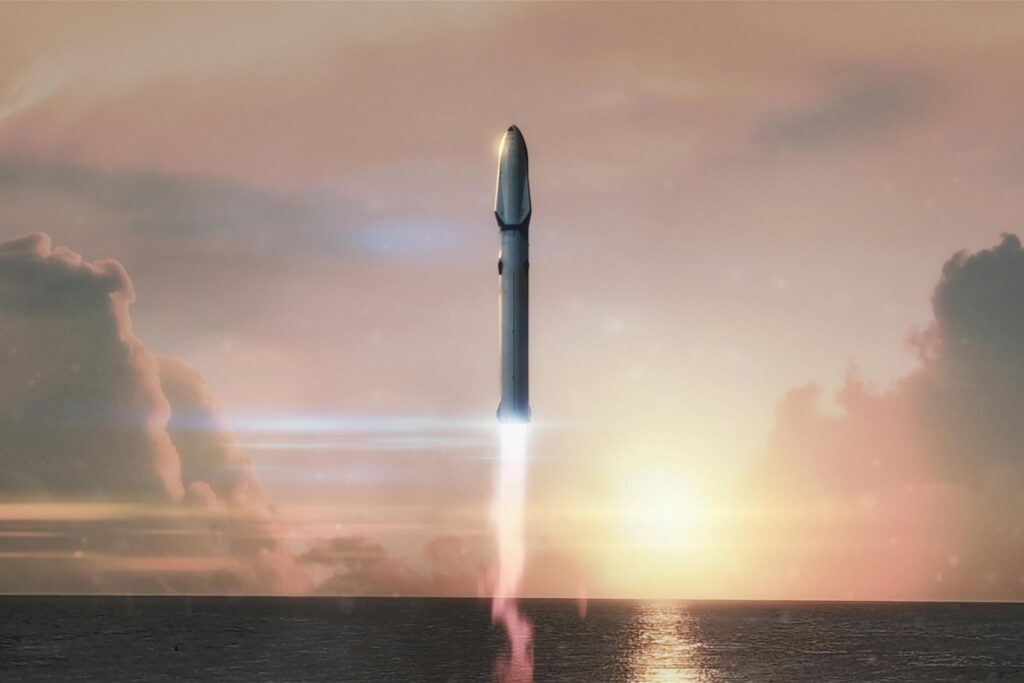A Revolutionary Energy Breakthrough
Imagine a battery that never needs charging in your lifetime. Scientists in the UK have unveiled a groundbreaking innovation—the Carbon-14 Diamond Nuclear Battery. This cutting-edge technology promises to last 5,700 years without ever needing a recharge. It could change the way we use energy forever.
In this blog, we explore how this battery works, its potential applications, and what this means for the future of energy storage.
What is the Carbon-14 Battery?
The Carbon-14 battery is an advanced nuclear-powered energy source. It harnesses the power of radioactive decay to produce electricity continuously for thousands of years. Unlike traditional batteries that degrade over time, this battery remains functional due to its unique design and material composition.
How Does It Work?
The battery consists of carbon-14 isotopes, a radioactive material found in graphite waste from nuclear reactors. Scientists place these isotopes inside artificial diamonds, which act as semiconductors. As carbon-14 decays, it releases beta particles, and the diamond structure converts them into electricity. This process continues indefinitely, eliminating the need for external charging.
This approach is highly efficient because it prevents energy loss through chemical degradation, a common issue with conventional batteries. Lithium-ion batteries wear out due to repeated charge cycles, whereas the carbon-14 battery provides a consistent power supply for thousands of years without any performance decline.
Why 5,700 Years?
Carbon-14 has a half-life of approximately 5,730 years. Even after thousands of years, the battery will still retain a significant amount of its energy, making it a reliable and long-lasting power source. To put it into perspective, if this battery had been created during the Bronze Age, it would still be working today! This long lifespan makes it an attractive alternative to current battery technologies that require frequent replacements.
Potential Applications
This innovative energy source has a wide range of applications. Its longevity makes it ideal for scenarios where battery replacement is difficult or impossible.
1. Space Exploration
Space missions require durable, long-lasting power sources. This battery could revolutionize deep-space travel by providing energy for spacecraft, satellites, and rovers without requiring maintenance. NASA and other space agencies could benefit immensely from a battery that can power space probes for centuries, allowing for longer and more ambitious missions into the depths of our solar system and beyond.
2. Medical Implants
Devices such as pacemakers and hearing aids could greatly benefit from this technology. Patients would no longer need surgeries to replace batteries, improving both convenience and safety. Currently, pacemakers and other implantable medical devices rely on lithium-ion batteries, which need to be replaced every 5-10 years. A carbon-14 battery could eliminate the need for battery replacements altogether, reducing surgical risks and enhancing patient well-being.
3. Remote Sensors and IoT Devices
The battery powers remote sensors, weather stations, and ocean buoys for extended periods, ensuring consistent data collection with minimal human intervention. The rise of the Internet of Things (IoT) has led to an increasing demand for batteries that can last for years without maintenance. With a carbon-14 battery, IoT devices could function indefinitely, reducing the need for frequent battery changes and making technology more sustainable.
4. Military and Defense
Military applications could include spy drones, surveillance devices, and emergency communication systems, all of which require long-lasting power solutions. In high-stakes scenarios where recharging batteries is not an option, this technology could be a game-changer. Soldiers in remote locations could rely on equipment powered by carbon-14 batteries, ensuring they remain operational without the need for battery swaps or external power sources.
5. Emergency Backup Power
The battery could be used in disaster-prone areas, ensuring backup power is always available for essential devices and services. Natural disasters often cause widespread power outages, leaving communities without electricity for days or even weeks. With carbon-14 batteries, emergency backup systems could provide continuous power during such crises, improving disaster response efforts.
Environmental and Safety Concerns
Since the battery is nuclear-powered, safety is a primary concern. However, scientists have designed it with multiple protective layers. The diamond structure encasing the carbon-14 prevents radiation leaks, making it safe for use in everyday applications. The battery emits less radiation than a banana, making it harmless to humans and the environment.
Additionally, recycling graphite waste helps reduce nuclear waste disposal problems, making this battery an eco-friendly solution to energy storage. This innovative approach addresses the growing issue of nuclear waste by repurposing radioactive materials that would otherwise pose a disposal challenge.
Challenges and Future Development
While this battery is a groundbreaking achievement, several challenges remain:
- Production costs: The process of embedding carbon-14 in diamonds requires significant investment.
- Scaling up manufacturing: Mass production demands further technological advancements.
- Public perception: Since nuclear energy is involved, earning public trust is crucial.
However, as technology advances, these issues will likely be addressed, making carbon-14 batteries more accessible in the future. Researchers are actively working on improving production efficiency to lower costs, and with increasing demand for sustainable energy solutions, this technology could soon become a viable commercial product.
Conclusion: A New Era in Energy Storage
The carbon-14 diamond battery is a pioneering innovation that has the potential to transform multiple industries. Its incredible lifespan, sustainability, and wide range of applications make it a game-changer in energy technology.
As scientists continue refining this technology, we may soon see a world where batteries never need recharging, paving the way for a more sustainable and energy-efficient future. The introduction of nuclear-powered batteries represents a step toward reducing our reliance on fossil fuels and eliminating electronic waste, aligning with global efforts to create a cleaner planet.
FAQs
1. Is the carbon-14 battery safe for everyday use?
Yes. The radioactive carbon-14 is securely enclosed in a diamond structure, preventing radiation leakage and ensuring safe use.
2. Can this battery be used in smartphones and laptops?
Currently, no. The power output is low compared to lithium-ion batteries. However, future developments may allow it to power small electronic devices efficiently.
3. How does this battery compare to traditional lithium-ion batteries?
Unlike lithium-ion batteries, which degrade over time and require frequent charging, the carbon-14 battery provides a constant energy source for thousands of years.
4. What are the environmental benefits of this battery?
It helps reduce nuclear waste by repurposing graphite waste and eliminates the need for battery replacements, reducing e-waste.
5. When will the carbon-14 battery be available for commercial use?
It is still in the research phase. While small-scale applications may emerge soon, widespread commercial use could take several years.
This groundbreaking technology could redefine how we use energy, making power sources more efficient and sustainable for generations to come.
Related Video
Watch this video for more details.
Explore More About Similar Innovations:
- New Technology in the UK: Robot Dogs Will Revolutionize Safety
- How Elon Musk’s New Optimus Robots Will Change Life in 2025



